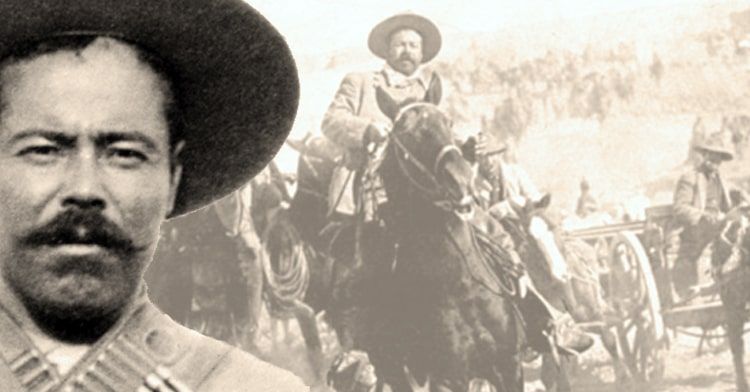Pancho Villa: The Revolutionary Hero of Mexico
Learn about the life and legacy of Pancho Villa, the legendary figure of the Mexican Revolution. Discover how Villa rose to the rank of general and led the famous División del Norte, his impact on Mexican history and culture, and his controversial legacy.





